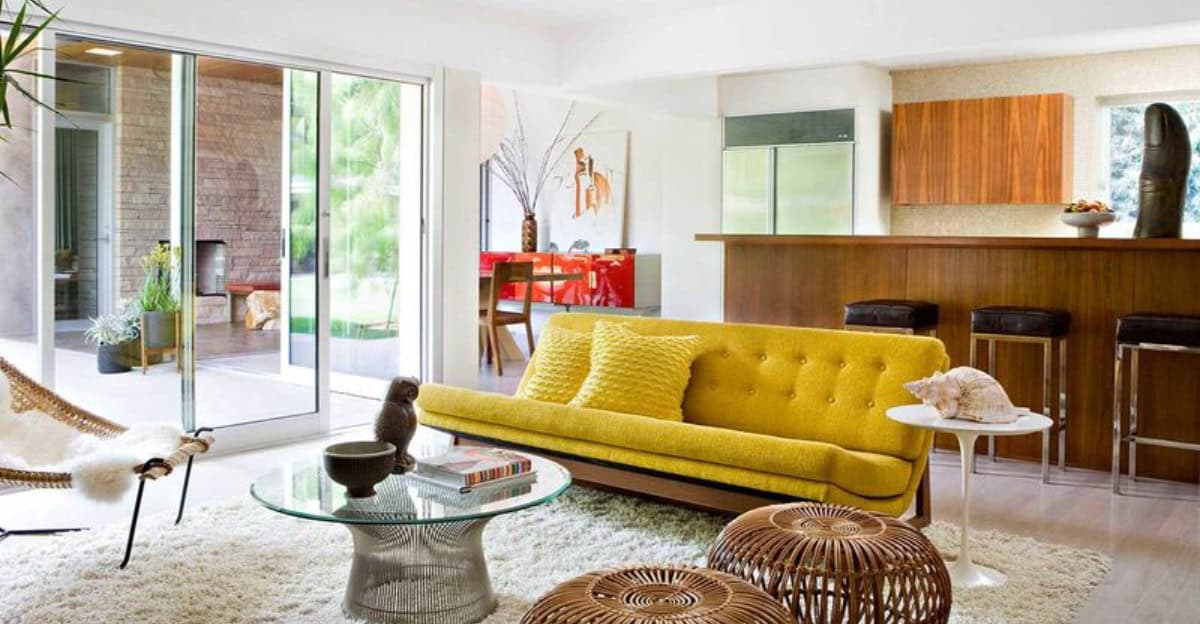In the quest for a clutter-free home, many decor enthusiasts strive for the minimalist aesthetic.
However, not all seemingly simple choices truly embody minimalism. Let’s explore 10 decor elements often mistaken for minimalist but are far from it.
1. Bold Geometric Patterns

Bold geometric patterns often give an illusion of simplicity. Yet, their striking shapes and contrasting colors can overwhelm a space.
This style may catch the eye instantly, but it tends to dominate the decor, rather than blend harmoniously.
Instead of serene minimalism, these patterns can add visual noise. The sharp angles and intricate designs demand attention, leaving little room for the calm simplicity that true minimalism embraces.
While they can add character, using them sparingly is key to maintaining a balance. Consider subtle tones or softer shapes to align with minimalistic principles.
2. Ornate Light Fixtures
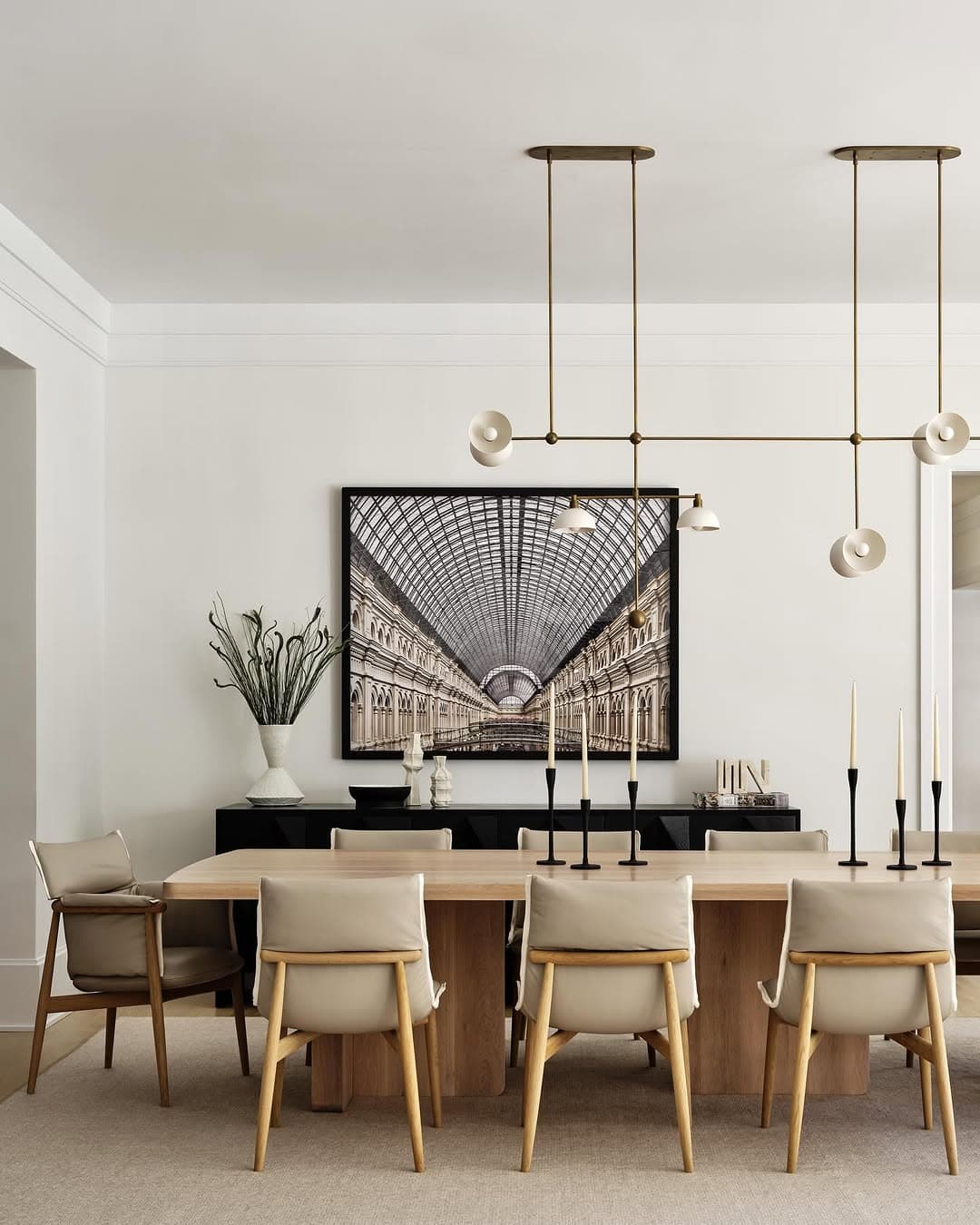
Ornate light fixtures are often perceived as luxurious additions. Yet, their elaborate designs clash with minimalist ideals. They bring an air of grandeur rather than the intended simplicity.
These fixtures, with their intricate details and craftsmanship, become focal points. Rather than adding to the minimalist ambiance, they can overpower it.
Minimalism thrives on the understated elegance, not ornate expressions.
Opt for sleek, minimal designs in lighting to complement a minimalist decor. Simple lines and clean shapes help maintain a serene space without the visual clutter of elaborate fixtures.
3. Monochromatic Overload
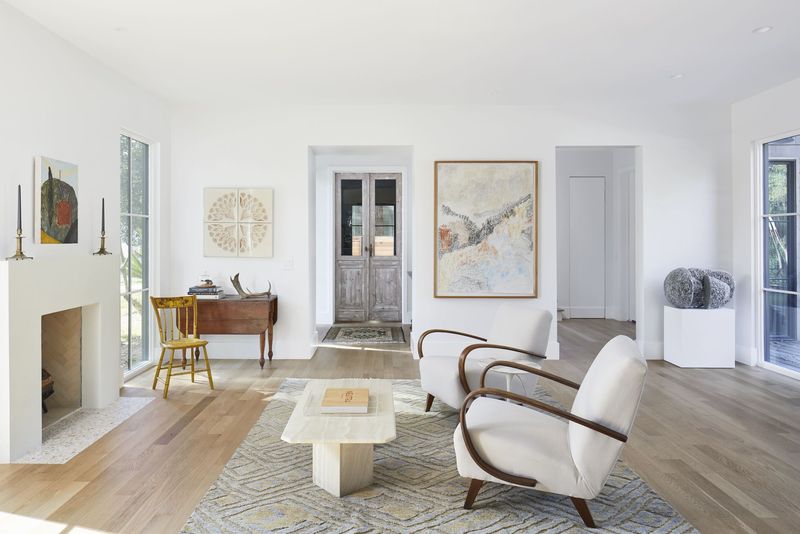
A monochromatic palette can sometimes lean towards monotony rather than minimalism. While the idea is to create harmony, using too much of one color, particularly in varied tones, may feel overwhelming.
This approach strips a room of depth and character, two elements essential for a balanced minimalistic space. The lack of contrast can make a room appear flat, missing the vibrant simplicity of minimalism.
To enhance the minimalist feel, incorporate subtle contrasts or textures. This will add interest and prevent the space from becoming visually bland and uninviting.
4. Excessive Open Shelving
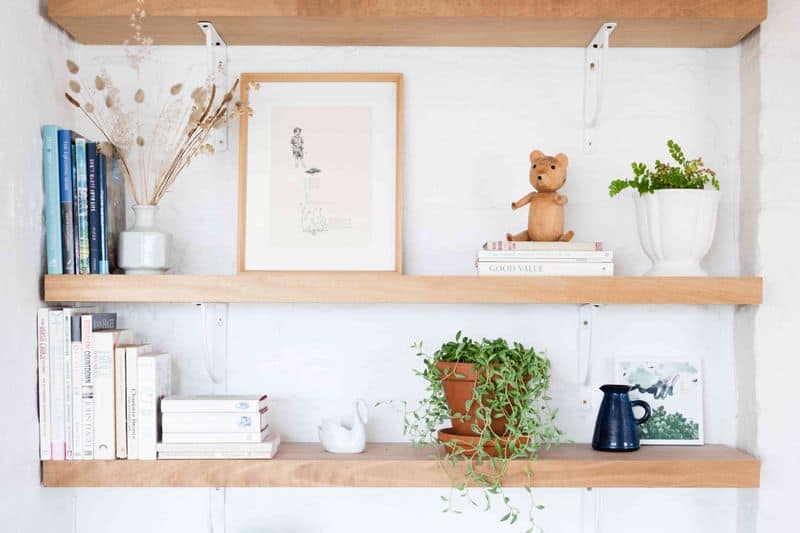
Open shelving offers a chance to showcase beautiful dishware or books. However, when overused, it leads to visual clutter and disrupts minimalism.
The charm lies in simplicity, but excessive items on display can create a chaotic atmosphere. Each shelf becomes a challenge to maintain order, demanding constant tidying.
Consider limiting open shelving to a few strategically placed areas. This way, you maintain the minimalist ethos while enjoying the openness and accessibility these shelves offer.
Less truly becomes more, allowing the essentials to breathe.
5. Decorative Wall Clocks
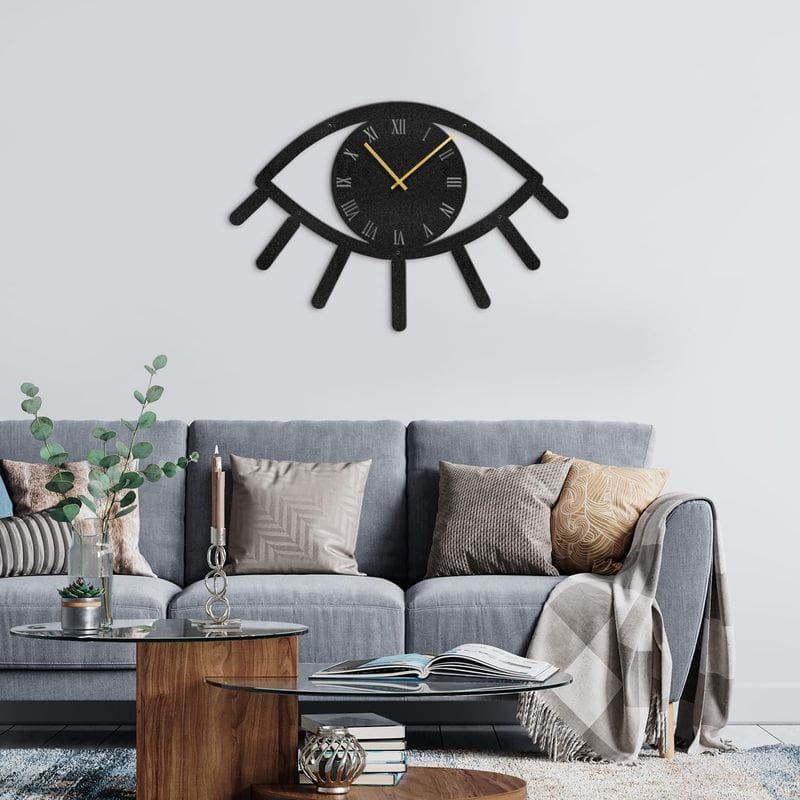
Decorative wall clocks can quickly become the centerpiece of a room, for better or worse. Their intricate details and bold presence often clash with minimalist decor.
These clocks are designed to stand out, but in a minimalist setting, they can overshadow other elements. The focus shifts from simplicity to the clock’s ornate design.
Choose clocks with clean lines and simple designs. This aligns better with minimalist principles, offering function without the distracting flourish.
A minimalist clock should enhance, not dominate, the room’s aesthetic.
6. Large Gallery Walls
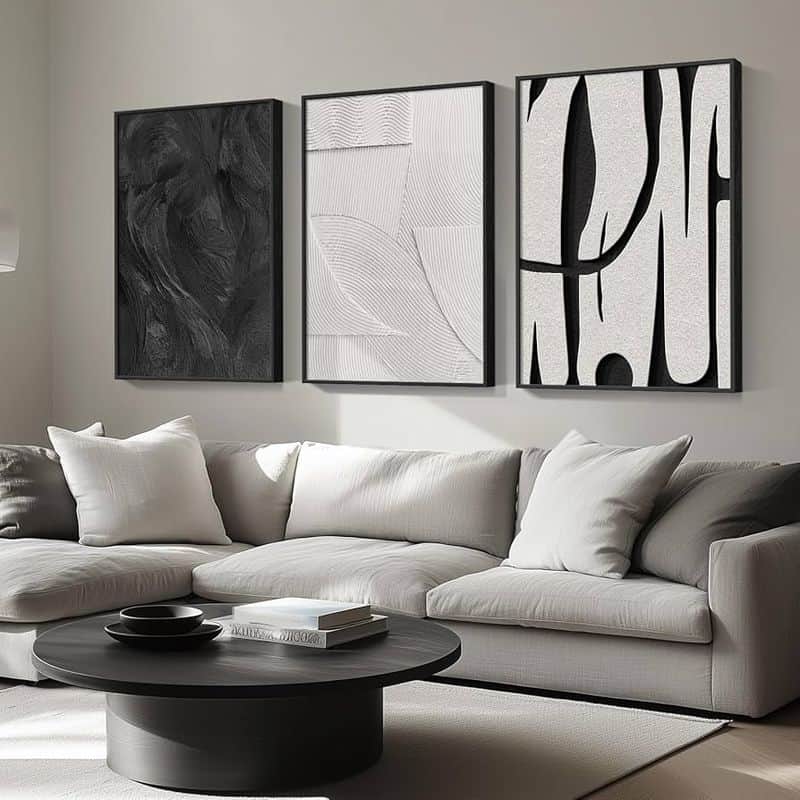
Gallery walls are a creative way to display art, but they often defeat minimalist goals. A collection of pieces demands attention and introduces visual chaos.
Each frame, color, and subject battles for focus, which disrupts the minimalist aim of calm and clarity. Instead of a cohesive look, it results in a fragmented aesthetic.
To preserve minimalism, select a few artworks that resonate with simplicity.
Arranging them with ample space in between helps maintain an airy feel, allowing each piece to be appreciated without competition.
7. Extravagant Curtains
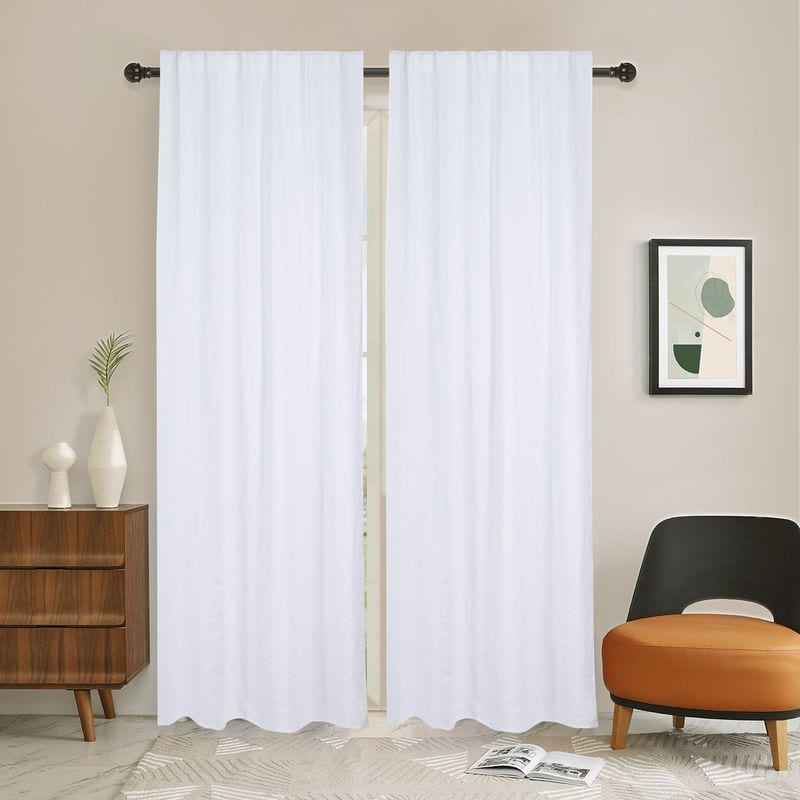
Extravagant curtains, with their rich fabrics and complex patterns, often add drama rather than simplicity. They draw the eye and can dominate the decor, overshadowing minimalist intentions.
The weight and texture of such curtains add a sense of clutter. Instead of enhancing the light and airy feel, they block it, leaving the room feeling enclosed.
Opt for lightweight, sheer curtains to complement a minimalist space. They maintain privacy while allowing natural light to grace the room, embodying the essence of minimalism.
8. Complex Rug Patterns
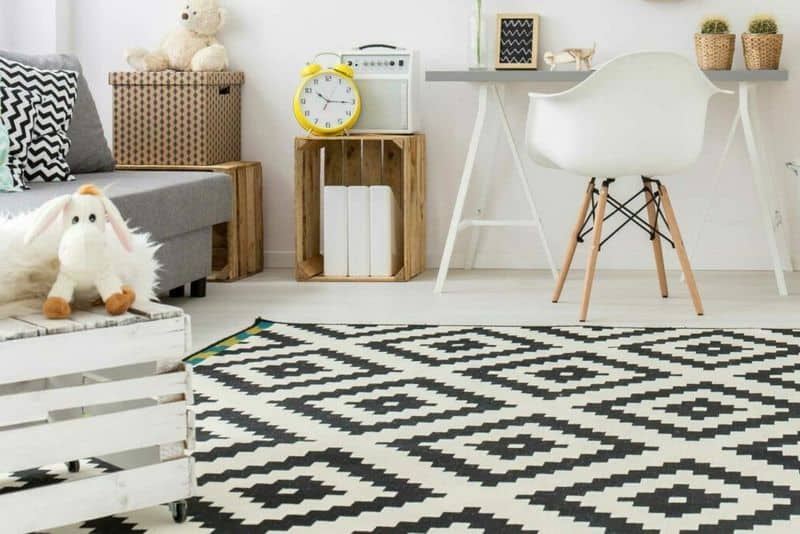
Rugs with complex patterns can instantly shift a room’s dynamics. Instead of contributing to minimalism, they become the spotlight, dictating the decor’s direction.
The myriad colors and intricate designs clash with minimalist ideals. Rather than creating harmony, they introduce disruption.
For true minimalism, choose rugs with simple designs and neutral tones. This allows the space to breathe and the decor to shine, keeping the focus on the room’s architecture and furniture, not the floor.
9. Elaborate Furniture Designs
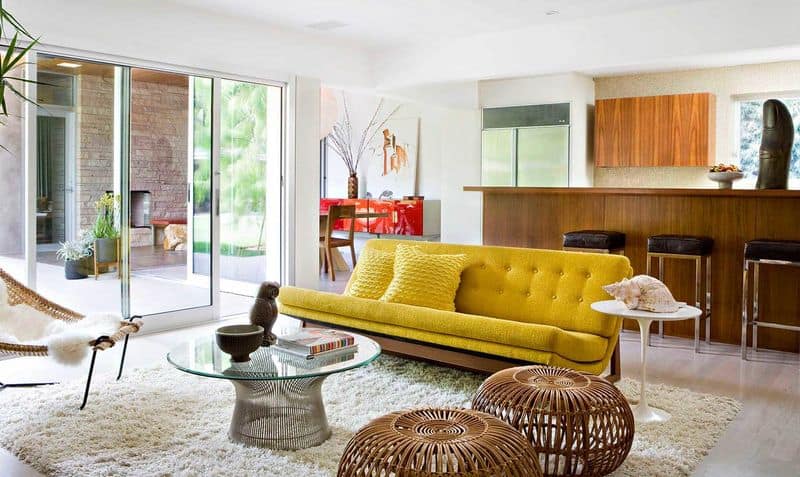
Elaborate furniture pieces, with intricate carvings or bold shapes, often steal the show. They counteract the minimalist mantra of ‘less is more’ by demanding attention.
Such pieces can become visual roadblocks, interrupting the flow and simplicity minimalism offers. Instead of blending in, they stand out.
Embrace furniture with clean lines and subtle silhouettes. This ensures they complement rather than compete with the surrounding decor, preserving the room’s minimalist integrity.
10. Vibrant Statement Pieces
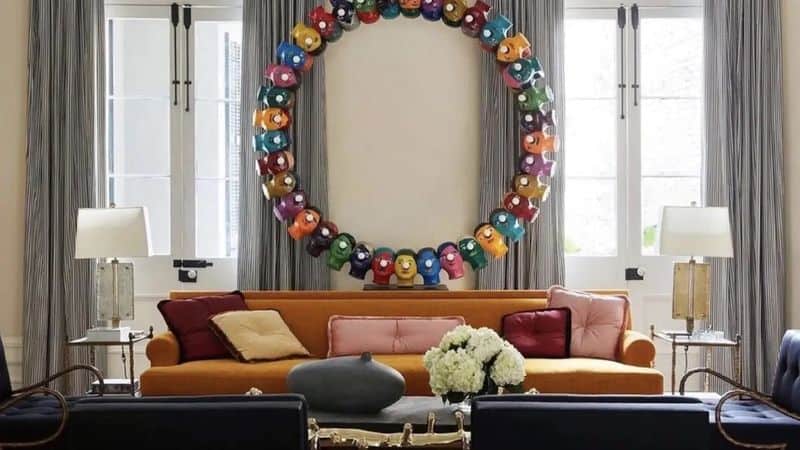
Vibrant statement pieces can bring life to a room, but they often detract from minimalism. Their bold colors and dramatic forms disrupt the quiet elegance of minimalist decor.
These pieces, though exciting, can overshadow the rest of the space. They shift the focus away from the room’s serene simplicity.
Select pieces with subtle hues that complement the overall aesthetic. This allows them to add character without compromising the minimalist vision.
Harmony and balance are key to maintaining a minimalist ambiance.

